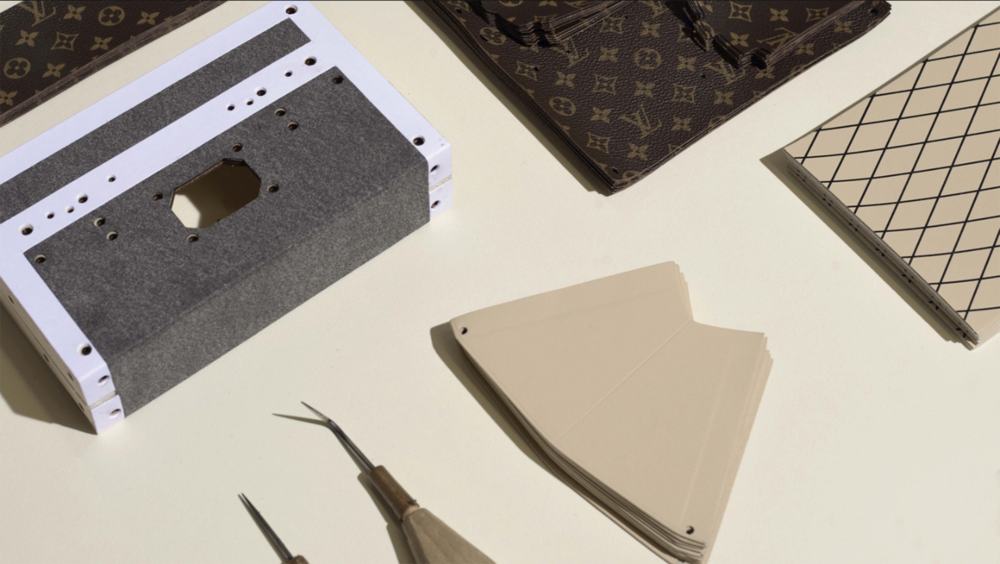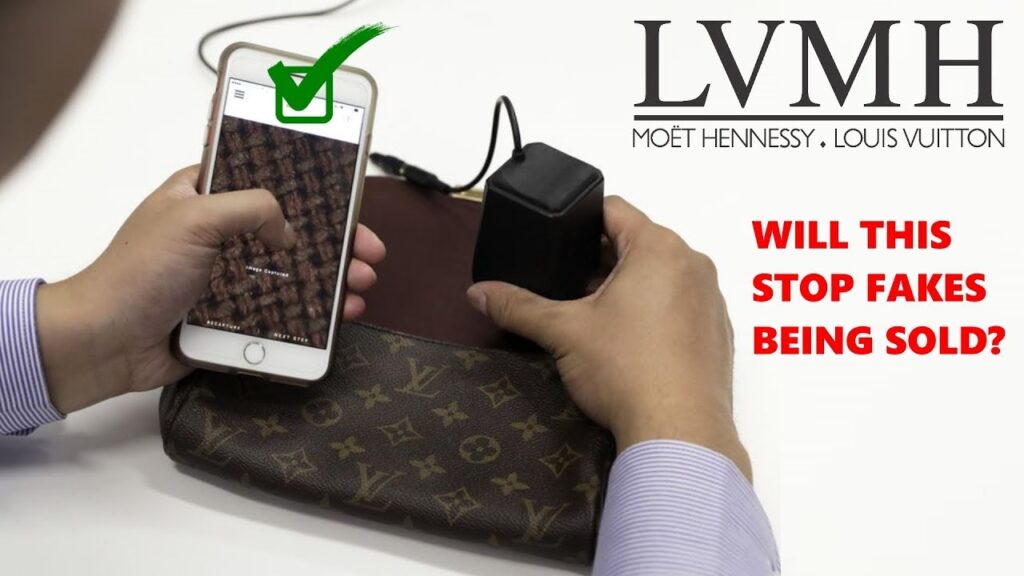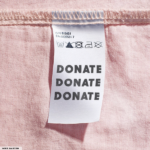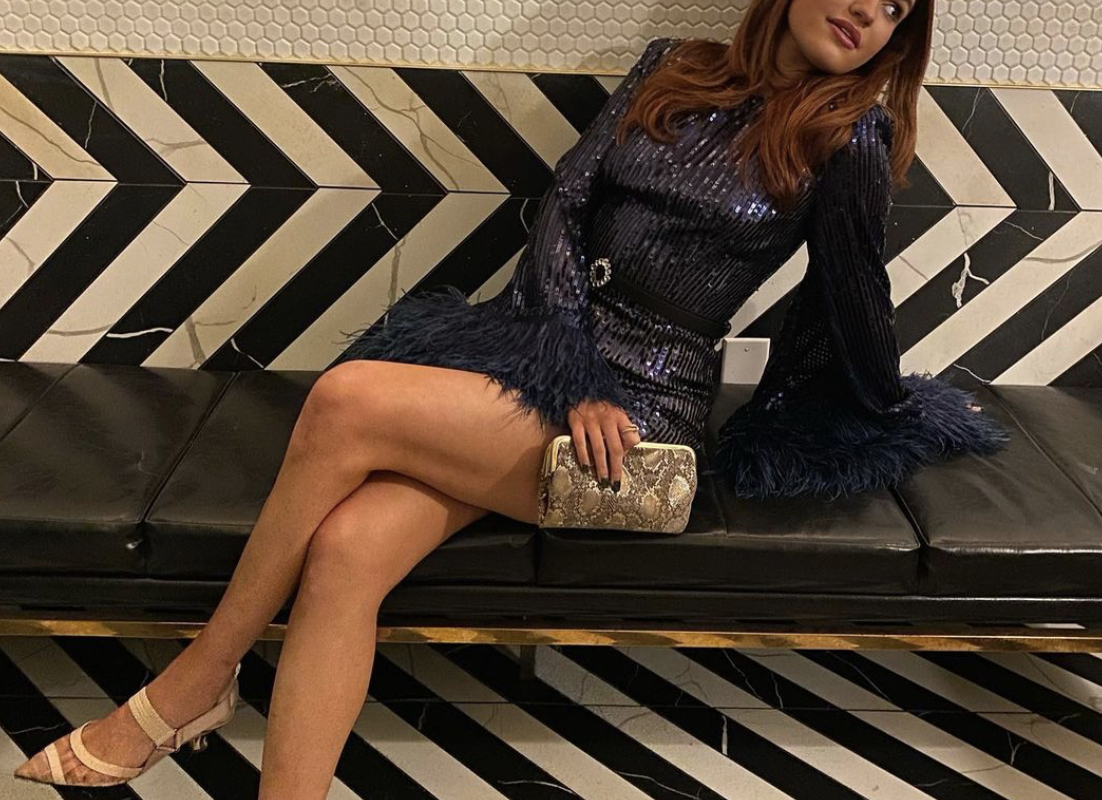Recently, NFTs, or non-fungible tokens, have become all the rage, first taking over the art market, and now the luxury market, too. These blockchain creations, while obscenely valuable and for the most part intangible, have caught the attention of the 21st-century consumer, fetching record prices for otherwise worthless bits of data. And, despite the fear that they may be just another fad, luxury labels are starting to get in on these crypto creations, with many hoping to end the counterfeit problem facing the luxury sector. However, the question remains, will NFTs actually curb the counterfeit market?
First, what is an NFT? NFTs, or non-fungible tokens, are units of data stored on a digital ledger–the blockchain–that certifies a digital asset to be unique and therefore not interchangeable. This is different from Bitcoin–a fungible token–because Bitcoins are interchangeable. Essentially, unlike NFTs, no one Bitcoin is unique in value nor in makeup. NFTs can be virtually anything, from photos and videos, to artistic renderings. They’re essentially “digital objects.”
NFTs have become ludicrously valuable, with many selling for upwards of $1 million. However, high fashion has been slow to join the crypto game, likely waiting to see if the bubble of the fad would burst. Just last week, Vogue Business announced that LVMH, Prada Group, and Cartier (A Kering company), had formed their own blockchain group, the AURA Blockchain Consortium, aimed at tracing luxury goods in order to prove their authenticity. Backed by ConsenSys and Microsoft, AURA is expected to go live in May or June.

A source involved in its creation said AURA would “provide proof of authenticity of luxury items and trace their origins from raw materials to point of sale and beyond to used-goods markets. The next phase of the platform will explore protection of creative intellectual property, exclusive offers and events for each brands’ customers, as well as anti-ad fraud.” Basically, AURA is set to give luxury brands a new level of security that goes beyond just design and patent infringement–it extends to advertising and brand image.

The digital signature of NFTs could help crack down on the ongoing counterfeit issue facing the luxury industry. A digital signature logged in the cryptosphere would act as a sort of advanced serial number, allowing brands to track authentic goods throughout their lifespan, from inception to the after-market. However, this does not spell the end for counterfeit luxury goods. Unfortunately, while this would stop high-priced fakes from selling to unsuspecting consumers, it wouldn’t curb the market for low-priced fakes.

While there are consumers who are conned into paying top dollar for a supposedly-real Saint Laurent crossbody because it has a serial number, the majority of counterfeit consumers are well aware that they’re buying fakes. Take that same Saint Laurent crossbody. While the average consumer may not be able to pay $1800 for the real thing, they might pay $100-$200 for a fake, regardless of whether or not it’s a “good” fake–they just want the clout of carrying a “Saint Laurent” bag.
Ultimately, while NFTs could help curb the prevalence of good fakes among regular luxury consumers, they likely won’t kill the whole counterfeit market. Because of the obsession with designer goods, many consumers don’t care whether the item is real or not–they just want the logo and the perception that goes with it.
For more on NFTs and what they mean for the fashion industry, check out the editorial, Fad or Future? in the latest issue of my fashion business publication, Modish Quarterly.






